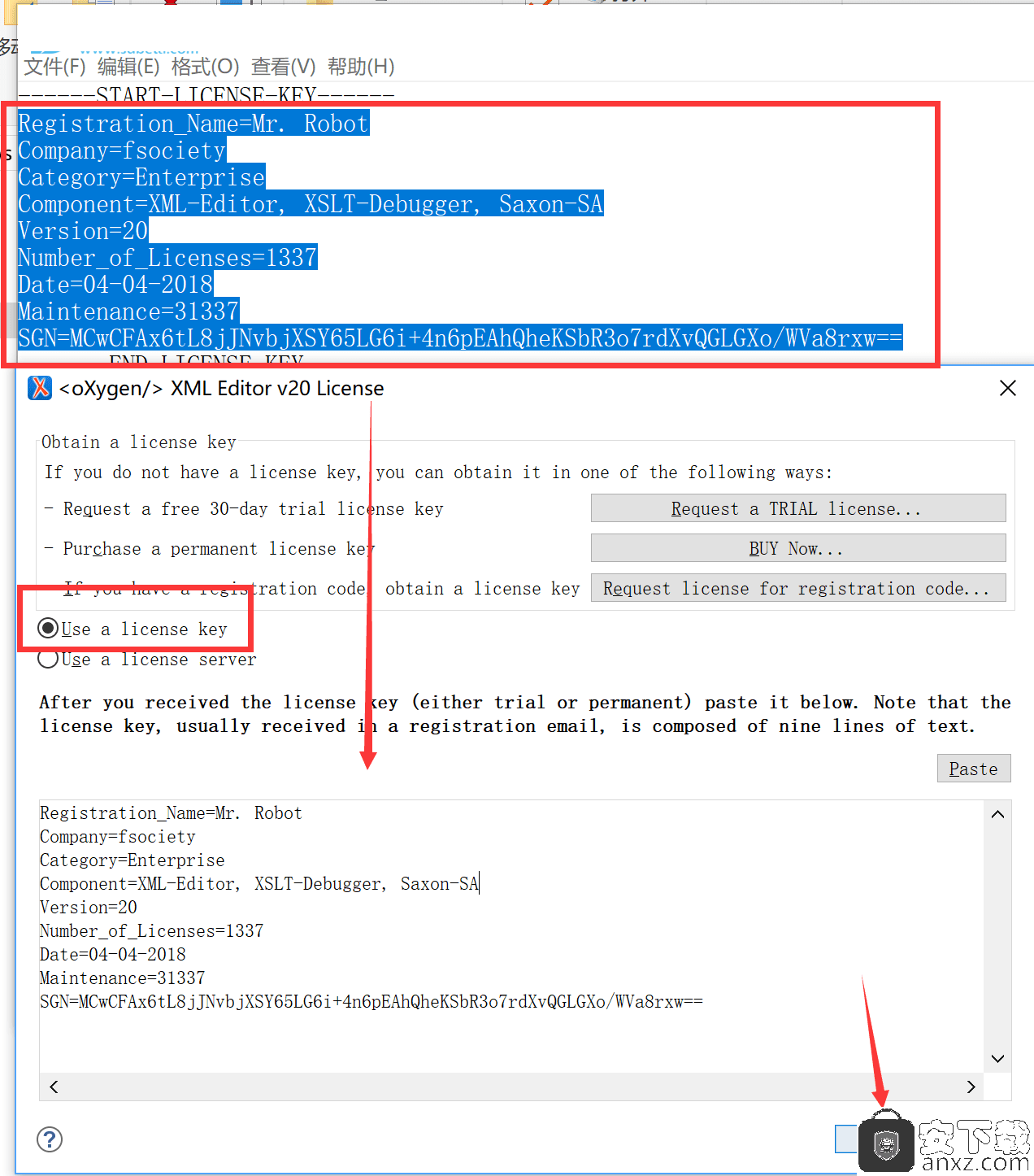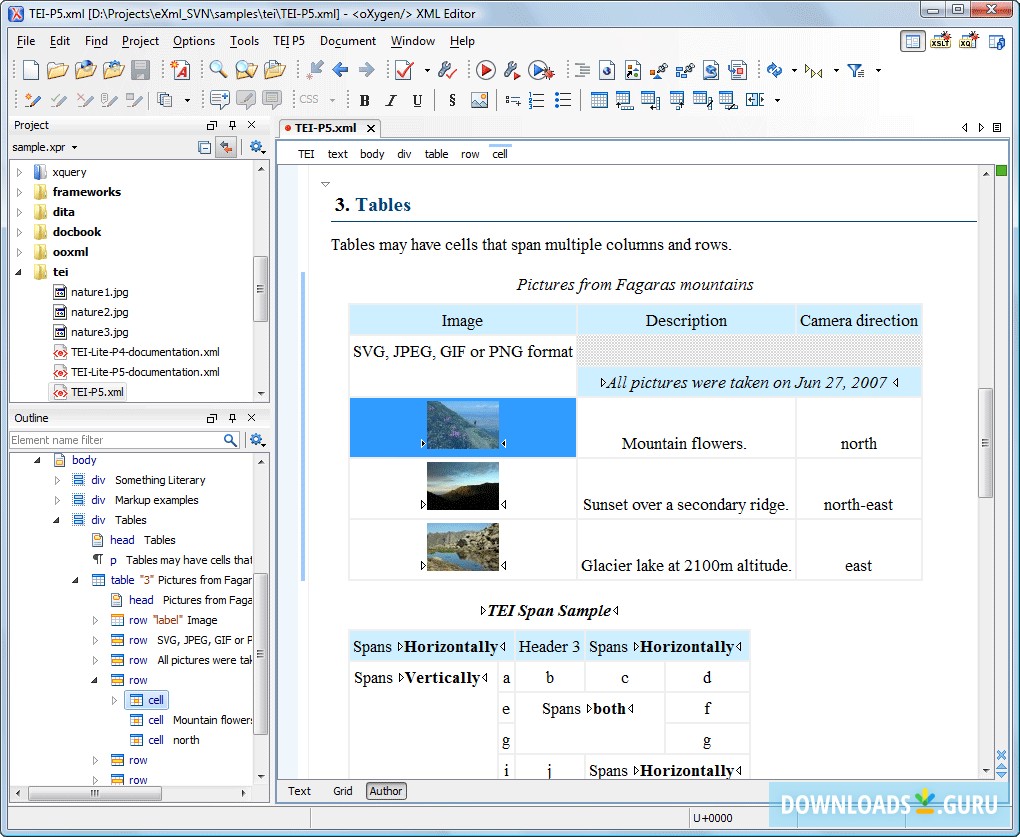

The growing evidence that three-dimensional (3D) microenvironments contribute critically to tissue function has led to the rapid development of cellular organoids. The other authors declare no competing interests.

This does not alter our adherence to PLOS ONE policies on sharing data and materials. The specific roles of these authors are articulated in the ‘author contributions’ section.Ĭompeting interests: Medicyte GmbH provided support in the form of salaries for authors (SDR, SH, JB) but did not have any additional role in the study design, data collection and analysis, decision to publish, or preparation of the manuscript. The funder provided support in the form of salaries for authors SDR, SH, JB, but did not have any additional role in the study design, data collection and analysis, decision to publish, or preparation of the manuscript. This is an open access article distributed under the terms of the Creative Commons Attribution License, which permits unrestricted use, distribution, and reproduction in any medium, provided the original author and source are credited.ĭata Availability: All relevant data are within the paper.įunding: The work leading to these results has received funding from the European Union Seventh Framework Programme (FP7/2007-2013) under grant agreement 304961 (ReLiver, ). Received: NovemAccepted: FebruPublished: March 7, 2017Ĭopyright: © 2017 Mattei et al. PLoS ONE 12(3):Įditor: Nils Cordes, Technische Universitat Dresden, GERMANY (2017) On the adhesion-cohesion balance and oxygen consumption characteristics of liver organoids. Thus, in addition to substrate stiffness, physicochemical properties, which are also critical for cell adhesion, play a role in LO self-assembly.Ĭitation: Mattei G, Magliaro C, Giusti S, Ramachandran SD, Heinz S, Braspenning J, et al. We show that no LO formation occurs on highly adhesive hepatic extra-cellular matrix-based substrates, suggesting that cellular aggregation requires an optimal trade-off between the adhesiveness of a substrate and the cohesive forces between cells and that this balance is modulated by substrate mechanics. The oxygen consumption characteristics of LOs were measured using an O 2 sensor and used to model the O 2 concentration gradient in the organoids. As cellular spheroids may suffer from oxygen depletion in the core, we also sought to identify the optimal culture conditions for LOs in order to guarantee an adequate supply of oxygen during proliferation and differentiation.

culture media, cell types/number) and substrate stiffness constant. Hypothesizing that LO formation occurs as a result of a fine balance between cell-substrate adhesion and cell-cell cohesion, we used 3 cell types (hepatocytes, liver sinusoidal endothelial cells and mesenchymal stem cells) to investigate LO self-assembly on different substrates keeping the culture parameters (e.g. However, it is still unclear what triggers LO self-assembly and what the optimal environment is for their culture. Liver organoids (LOs) are of interest in tissue replacement, hepatotoxicity and pathophysiological studies.


 0 kommentar(er)
0 kommentar(er)
